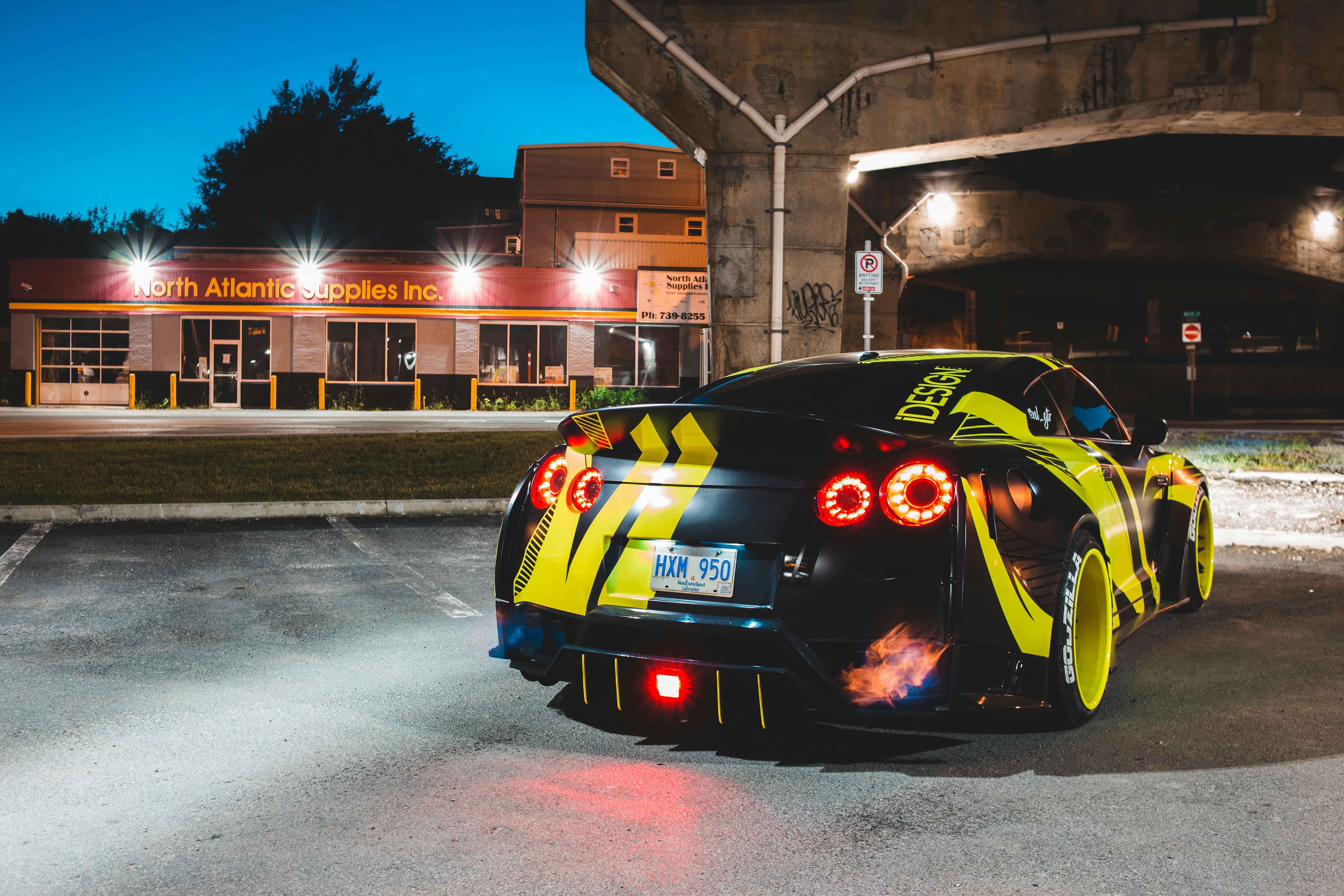History and Guide to the Mumbai Suburban Railway
The Mumbai Suburban Railway is a public transportation system serving the Mumbai Metropolitan Region. It is part of Mumbai’s public transport system, provided by the two zonal Western Railways and the Central Railways of the state Indian Railways. The system transports more than 7.24 million passengers daily. It has the highest passenger densities of any urban rail system in the world. Trains running on their routes are commonly referred to by the general population as local trains or simply local.
The Mumbai Suburban Railway, as well as the Indian Railways, is a branch of the first railway built by the British in India in April 1853, and was also the oldest railway system in Asia. The first train ran between Victoria Terminus (now Chhatrapati Shivaji Terminus) and Thane, a distance of 34 km, on 16 April 1853 at 3:35 p.m. The Bombay Railway History Group has endeavored to document the railway heritage along this line.
Due to the geographical distribution of the population and the location of the commercial areas, the rail network is the main mode of mass transportation in Mumbai. As Mumbai’s population has increased due to the large influx of immigrants in recent decades, frequent overcrowding has become a serious problem and numerous security issues have been raised over the years. A metro system and a monorail system are being built in Mumbai to facilitate travel conditions on the suburban network.
Spread over 465 kilometers of route, the suburban train system operates with a 1500 V DC / 25000 V AC power supply from overhead catenary lines. Suburban services are provided by electric multiple units (EMUs). 191 rakes (train sets) of 9-car, 12-car and 15-car composition (on Western Line) are used to run 2,342 train services, carrying 6.94 million passengers per day.
Public transportation systems in Mumbai include the Mumbai Suburban Railway, Brihanmumbai Electric Supply and Transport (BEST) buses, black and yellow metered taxis, auto rickshaws, and ferries. The BEST suburban rail and bus services together accounted for about 88% of passenger traffic in 2008. Auto rickshaws can only operate in suburban areas of Mumbai while taxis can operate throughout Mumbai but generally operate in the south from Mumbai.
Taxis and rickshaws in Mumbai are required by law to run on compressed natural gas and are a convenient, inexpensive and easily accessible mode of transportation. Mumbai had about 1.53 million vehicles in 2008, and 56,459 black and yellow cabs, and 102,224 auto rickshaws, as of 2005.
